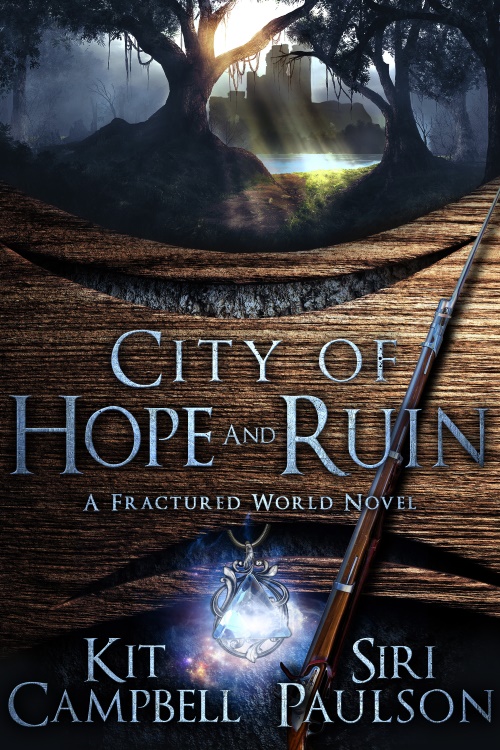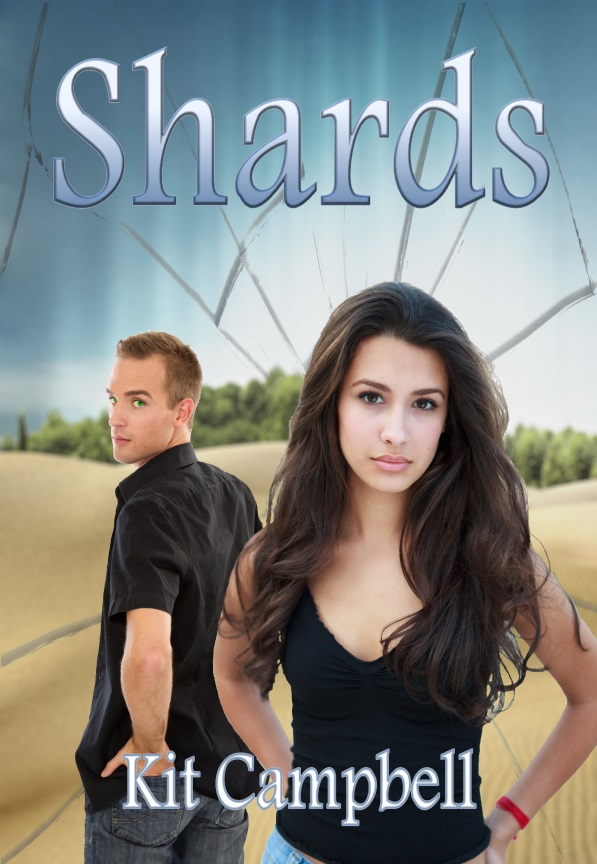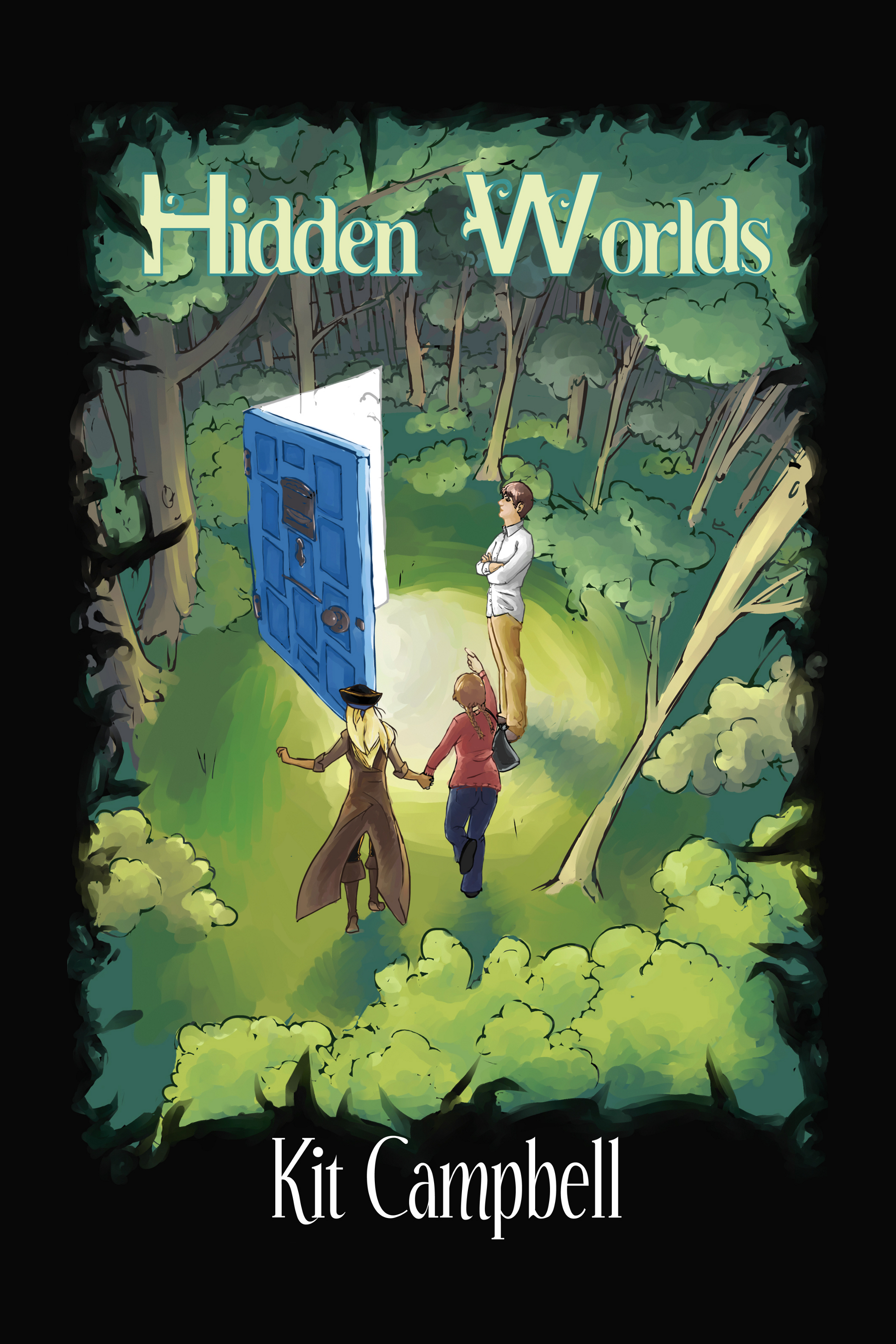Aside from the Hero, the Villain is probably the most common character archetype. After all, without a villain, many stories would not happen. Heroes rise up solely to fight the evil villains bring into the world; with a villain, without
Character Archetypes: The Hero
Perhaps the best known of all character archetypes is the hero. Most stories have a hero, after all, and even non-standard protagonists tend to be labeled by their relationship to the hero archetype: a tragic hero, for example, or an
Character Archetypes: An Introduction
So, Squiders, over the next month we’re going to be looking at a series of the most common character archetypes. What’s an archetype? An archetype is generally defined as something–a character, theme, or situation, for example–that can be considered “universal.”
An Alternative to Writers Conferences
I meant to tell you guys that if getting to a writers conference isn’t doable, either from a money standpoint or because of a scheduling issue, or if you’d like to get an idea of what a writing panel might be like
Are Writers Conferences Useful?
For a general answer, I would say yes. There’s a lot of useful things that can be gotten out of a writers conference: networking with other authors, the opportunity to see where your genre/the industry seems to be heading, and
The Tricky Art of Character Creation
Before I get started, Squiders, let me note that both KitCampbellBooks.com and KitTheEditor.com are currently down. Apparently some sort of malicious source code snuck in through one of my WordPress plugins and tried to send people to other websites, so
Waiting on Other People (It’s Not Your Fault)
Oh, Squiders. Don’t you wish that you could do everything in a vacuum and never have to rely on other people? Sometimes I do. Sometimes I don’t. Sometimes I eat copious amounts of ice cream, which doesn’t really help anything,
Onward to Space Dinosaurs
Well, Squiders, I have finally finished my chainsaw edit of my YA paranormal/dark fantasy novel. It ended up being approximately 90,000 words, which makes it 15,000 words longer than the original draft. Most of the new stuff is related to
Beginning Problems: The Mirror
Another common issue found in the beginning of a lot of early drafts and first novels is the mirror. Generally, this is combined with the dream sequence, where the main character wakes up from their dream, stumbles into the bathroom
Beginning Problems: The Dream Sequence
Beginnings are an interesting beast, and what I find fascinating is that so many writers start their first stories the same way, like there’s some instinctual drive to do so. Like we were all taught to do so, even though



